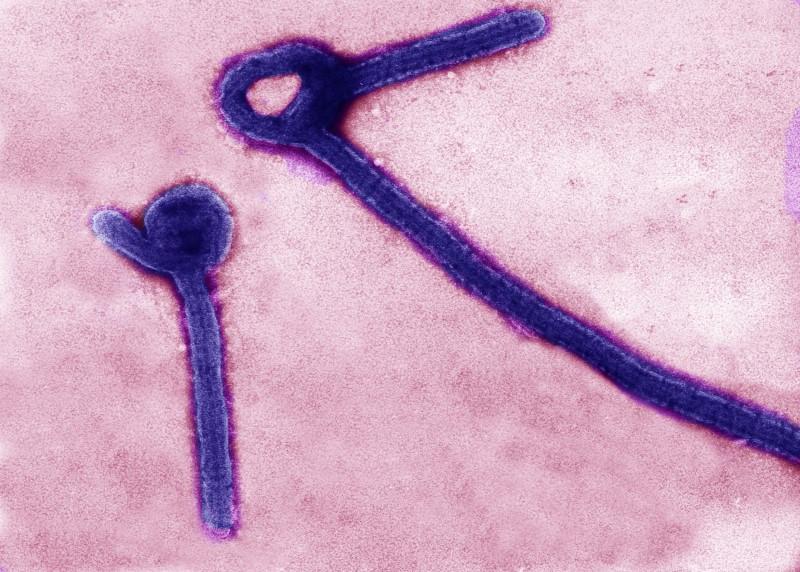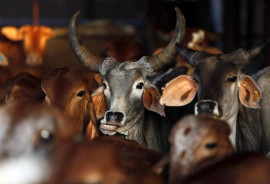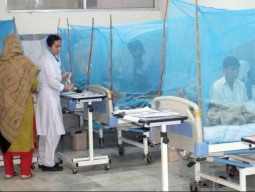
Allah Bakhsh a resident of Attock was moved to isolation ward at the Holy Family Hospital (HFH) after doctors received reports from National Institute of Health (NIH) confirming that he was suffering from the Crimean-Congo Haemorrhagic Fever ususally caused by ticks present on the livestock.
‘Spray in cattle markets essential to control Congo Virus’
Bakhsh, a butcher by profession at a shop near Burhan Railway Station on GT Road in Attock, was brought to HFH on August 14 with high fever, headache, and joint pains. The doctors sent his blood samples to NIH for Congo fever diagnosis.
HFH Medical Superintendent Dr Raja Shafique Sarwar said mostly Congo fever patients come from rural areas where they have more interaction with cattle. “The patient has been shifted to isolation room and doctors and paramedical staff have been advised to take precautionary measures to save them from being infected with this disease,” the MS said.
He said that the hospital administration has sent samples to NIH for dengue and H1N1 but the NIH declared the patient was suffering from Congo and not for dengue and H1N1. He said that the doctors and paramedical staff was taking care all three patients.
Eidul Azha alert
National Institute of Health (NIH) on Friday issued an advisory on prevention and control of Crimean-Congo Haemorrhagic Fever (CCHF) ahead of Eidul Azha.
It said that the CCHF is a widespread disease caused by a tick-borne virus (Nairovirus) of the Bunyaviridae family with a case fatality rate of 40 per cent.
NIH confirms Congo virus in three K-P residents
Symptoms
The onset of CCHF is sudden, with initial signs and symptoms including headache, high fever, back pain, joint pain, stomach pain, and vomiting. Red eyes, a flushed face, a red throat, and petechiae (red spots) on the palate are common. Symptoms may also include jaundice, and in severe cases, changes in mood and sensory perception.
As the illness progresses, large areas of severe bruising, severe nosebleeds, and uncontrolled bleeding at injection sites can be seen, beginning on about the fourth day of illness and lasting for about two weeks.
Published in The Express Tribune, August 20th, 2017.












































COMMENTS
Comments are moderated and generally will be posted if they are on-topic and not abusive.
For more information, please see our Comments FAQ